
Pruning a maple bonsai should take place twice a year, once in the early spring before new growth starts and again in late summer or early fall. Pruning during the spring encourages denser branching and healthier foliage. During this time of year, remove any dead branches or any branch that is crossing over another one. In addition to pruning away dead or unhealthy branches, you can also selectively thin out excess foliage to keep the tree small and aesthetically pleasing.
Contents:
- Understanding the Maple Bonsai
- The Significance of Pruning for Growth
- Factors to Consider When Timing Your Pruning
- Early Spring: The Best Time to Prune a Maple Bonsai
- Avoiding Frost Damage During Winter Pruning
- Late Summer and Fall: Advantages and Disadvantages of Late-Season Pruning
- Tips for Properly Pruning Your Maple Bonsai All Year Round
In late summer or early fall, it’s important to check for damaged branches as well as browned out leaves. Prune off any of these damaged sections to maintain the shape of the tree and allow healthy parts to flourish when temperatures cool down in autumn. This will help protect your bonsai from future winter injury due to cold temperatures and snow accumulation. You can make sure that your tree stays in scale by making careful selections while pruning back unnecessary growth during this time as well.
Understanding the Maple Bonsai
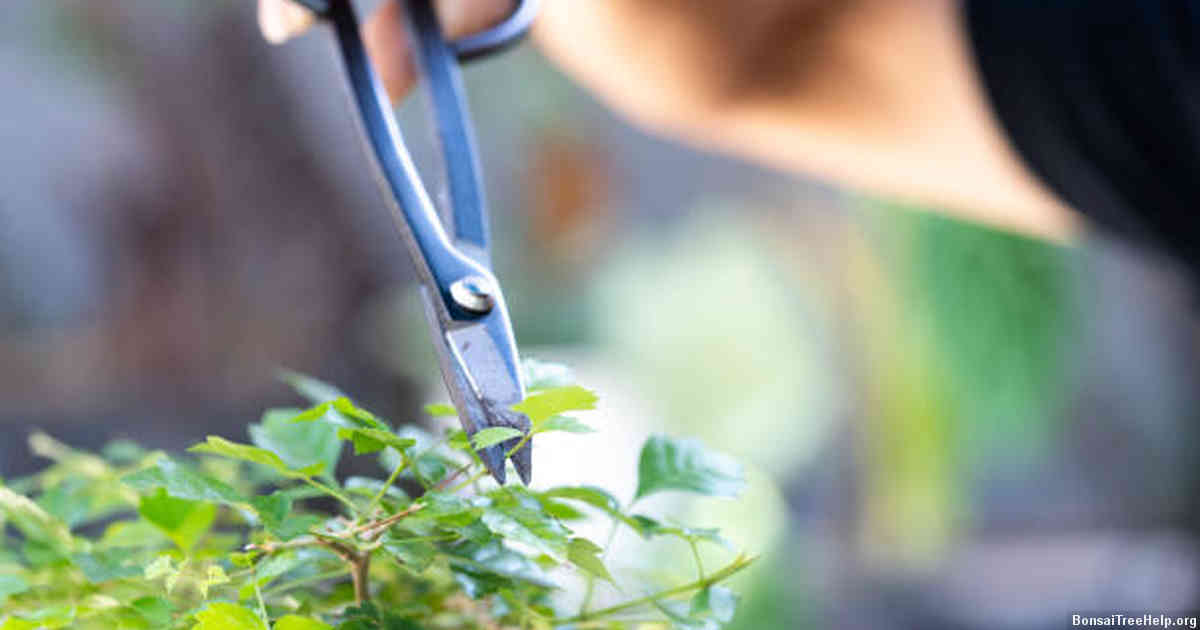
In order to properly prune a maple bonsai, it is essential to have an understanding of the tree’s particular needs. Many homeowners mistakenly assume that all maple bonsais have identical care requirements; however, this is far from true. It is important to research the type of species you own prior to making any decisions about when and how often you should trim your tree.
The timing of pruning will depend on when the maple bonsai initiates its growth period; typically occurring between spring and autumn depending on where you live in the world. As these trees thrive during summer months, delaying pruning until late winter/early spring can help them develop strong trunks and branches before initiating new growth for that year. Pruning during active growing periods should also be avoided as this could damage or stunt the future development of your tree.
You may find that some limbs become too large over time, making it necessary to remove them entirely. Similarly, certain branches might be tangled or crossing over each other which disrupts the aesthetic appeal of your tree’s overall form and structure; so cutting away at these areas may be beneficial for both practicality and looks-wise. Reducing leaf size through careful trimming can promote air circulation throughout each branch so that adequate light reaches all parts of your maple bonsai – encouraging lush foliage and healthy vibrancy across its entire canopy.
The Significance of Pruning for Growth

Regular pruning of maple bonsai is essential to the health and vitality of the plant. Pruning encourages healthy new growth, stimulating energy for robust foliage as well as a fuller appearance overall. As a deciduous tree, it’s important that new shoots are continually produced in order to replace any lost due to natural shedding. By strategically cutting away at older or dead branches during pruning season (springtime), you will help to shape your maple bonsai into its desired form and maintain optimal health in the long run.
When you prune your bonsai, pay special attention to defoliation and thinning out sections where there is too much leaf density. Not only does this aid with airflow but it can also add visual contrast since many types of maples will produce light and dark green leaves throughout the season. Regular defoliation means that more sunlight can reach interior parts of the canopy thus promoting further development on multiple levels – both above and below ground – while helping prevent disease like powdery mildew which thrives under shady conditions.
Proper pruning management helps ensure your maple bonsai has enough resources allocated towards flower production if applicable since blooming requires considerable amounts of energy from trees otherwise used for their vegetative growth requirements. For species like Japanese red-leaf maples (Acer palmatum) or Paperbark maples (Acer griseum), blooms are an ornamental bonus so its definitely worth keeping them alive by providing sufficient nourishment through timely trimming practices instead of letting excessive sap flow deplete available nutrients from surrounding tissue faster than usual.
Factors to Consider When Timing Your Pruning
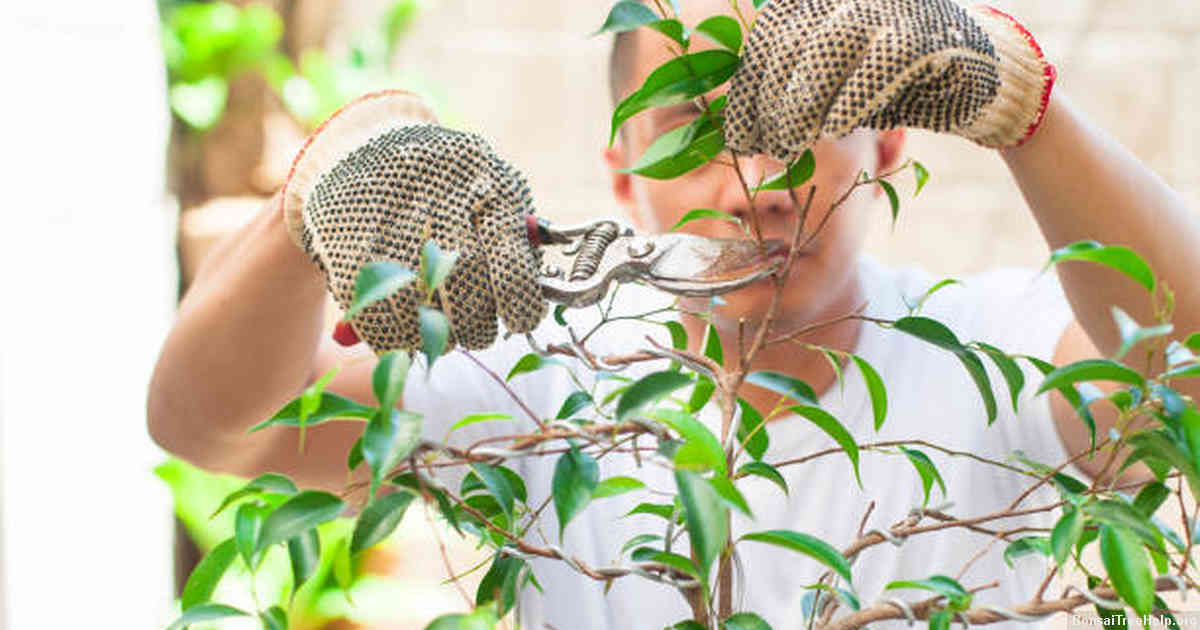
Choosing the right time to prune a maple bonsai is critical for maintaining its health and aesthetic appeal. Pruning too early or too late can lead to malformed branches, dead wood, and stunted growth. Understanding the unique needs of your maple bonsai will help you determine when it’s time to start snipping away at those pesky shoots and branches.
Some of the most important considerations include the season, species, tree age, your current climate conditions, previous pruning practices and any special care instructions specific to your particular cultivar. If you live in an area with cold winters like Canada or New England in North America, then begin pruning once winter is over so that buds have had a chance to form on new shoots after dormancy has ended. In warmer climates like the American Southwest or Europe’s Mediterranean region it’s best to wait until late spring when bud breakage is less likely due to cooler temperatures but also when there are still enough hours of light for photosynthesis.
You should also consider how mature your bonsai is before deciding on a timeline; young trees require more frequent pruning than older established ones due to their faster growth rates. Species specific advice could come from an expert who has experience in cultivating maple bonsais or even from other seasoned enthusiasts within local clubs or associations dedicated to maples and other plants within this group (Aceraceae). Don’t forget about any special requirements that may have been included along with your purchase from a reputable supplier as these can often offer insight into which timing cycles work best for keeping that beautiful specimen healthy all year round.
Early Spring: The Best Time to Prune a Maple Bonsai
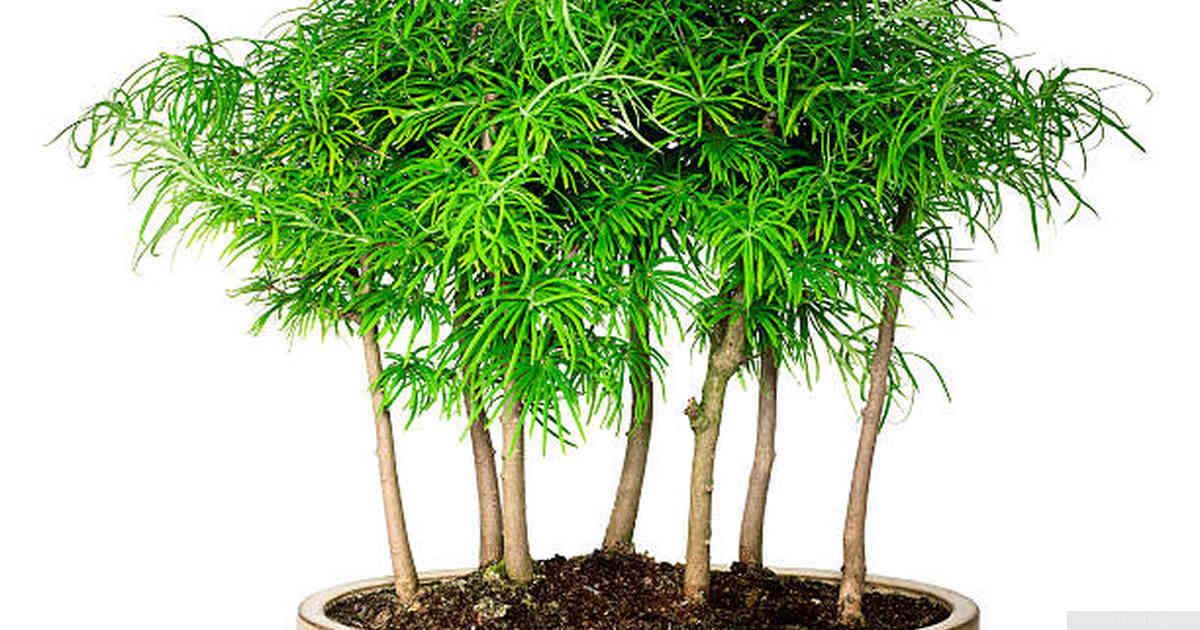
Early spring is the optimal time to prune a maple bonsai. Pruning during this season allows for efficient growth as the maple tree’s cell structure undergoes rapid multiplication, meaning it can easily adjust to its new shape and size. In addition to this, early spring is known as sap flow time, which means that when you cut off parts of the bonsai with sharp tools such as scissors or shears, there won’t be any risk of the cuts being filled with sticky sap. Pruning in early spring promotes healthy development by allowing more airflow around the branches which inhibits mold formation.
It’s important to note that only dead or damaged branches should ever be removed from a maple bonsai tree – removing anything else could potentially cause harm and disrupt the plant’s growth process. If you’re not sure whether a branch is dead or alive simply pinch off a small piece of it between your fingers; if it feels pliable and emits some liquid then it’s alive and should stay on your tree. Never forget to clean up after yourself when pruning; discard all cuttings away from other plants so they won’t spread disease spores across your garden.
Ensure you use high-quality cutting equipment for maple bonsais – dull blades are particularly dangerous since they don’t make clean cuts which results in ripping rather than snipping; leaving wounds open which attracts pests and infections much easier than clean slices do. It’s well worth investing in good quality scissors made specifically for bonsais in order to properly care for your beloved miniature trees.
Avoiding Frost Damage During Winter Pruning
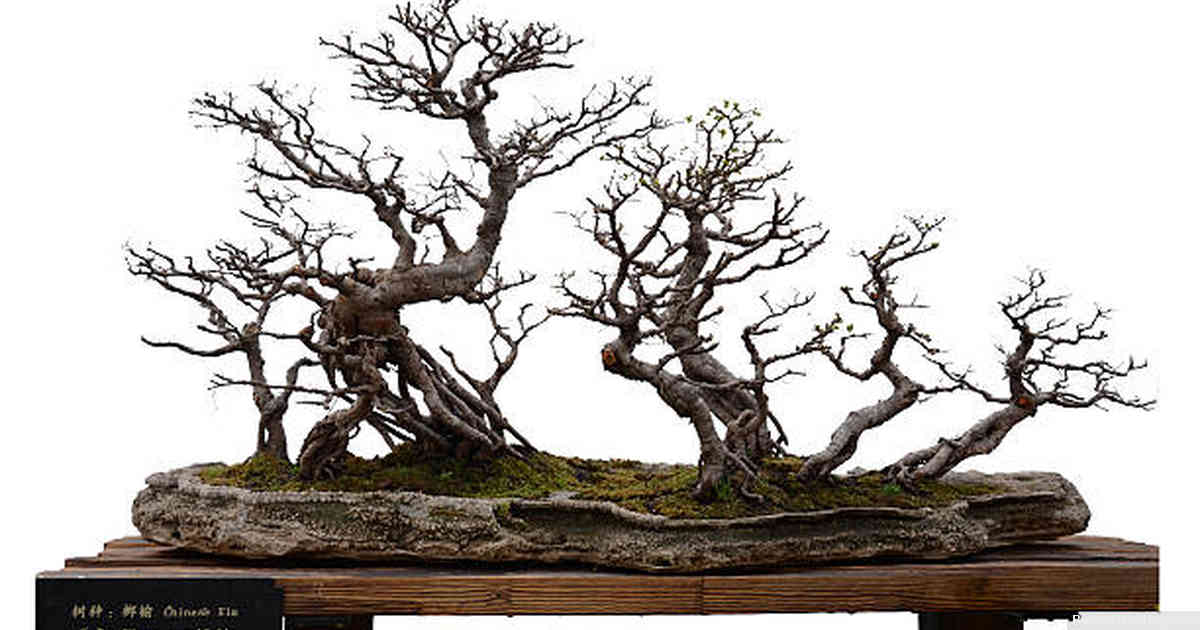
As winter approaches, it is important to consider potential frost damage when pruning a maple bonsai. Without proper protection, the buds of these delicate plants may die back due to cold temperatures. This can be avoided by timing the pruning correctly and ensuring that the bonsai is safeguarded from any snow or strong winds during the coldest months of the year.
One way to ensure your bonsai will remain protected is by covering it with a light fabric before pruning begins. This keeps any moisture off the branches, leaves, and trunk as well as providing extra insulation against freezing temperatures. However, some trees require different materials depending on their type and size so do some research beforehand about what would be best for your plant. If possible try to select a day where there is no forecasted frost in order to avoid any chances of hurting your tree’s buds.
After you’ve finished pruning make sure to check on how your bonsai looks in case further steps need to be taken such as adding additional insulation or bringing it indoors for overnight protection. Doing this will keep it healthy throughout winter so that come springtime you can enjoy seeing its new growth without fear of frost damage getting in the way.
Late Summer and Fall: Advantages and Disadvantages of Late-Season Pruning
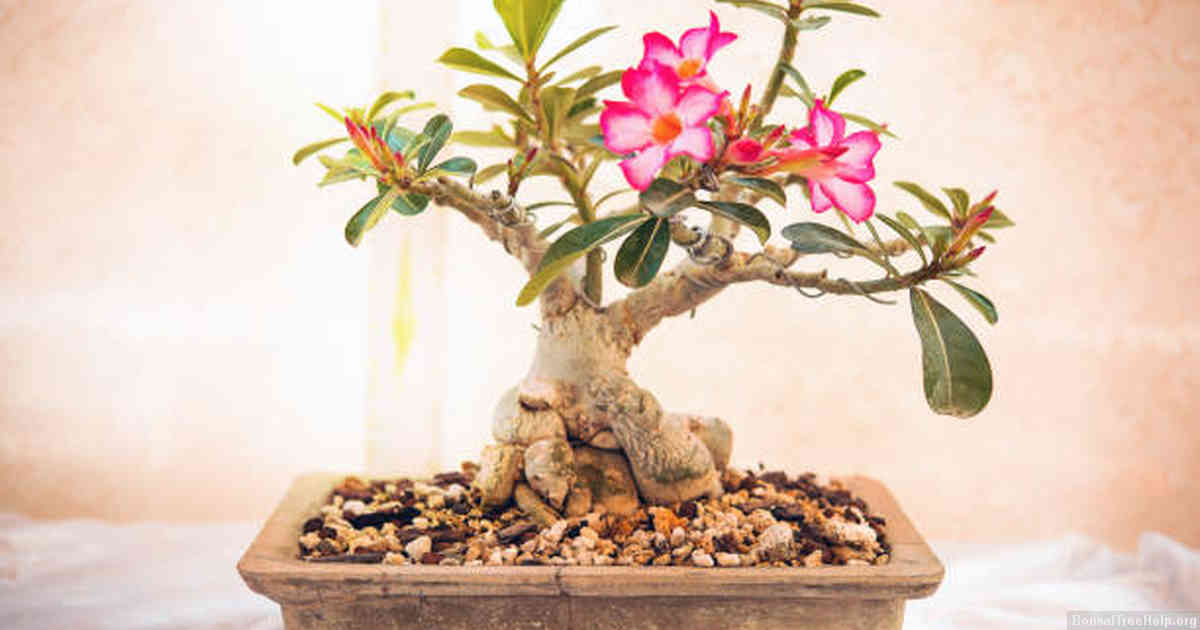
Late summer and fall are ideal times for pruning your maple bonsai, as long days and warm temperatures promote growth. Although late-season pruning can be beneficial, there are some drawbacks to consider before you decide when to perform the task.
A benefit of waiting until autumn is that it gives more time for branches to mature before any cuts are made. A harder wood means better wounds heal faster, which helps reduce shock when pruning in late summer or fall. Because of the longer daylight hours at this time of year, photosynthesis is maximized during this period; therefore leaves will be larger so they can absorb more light while shaping your tree’s structure.
Although there are advantages to late-season pruning, it also comes with certain risks. For example, since hardwoods such as maples take a long time to grow back after being cut, any mistakes made in late summer or fall could potentially have lasting consequences if left unaddressed throughout winter months and beyond into springtime. Therefore great care must be taken when using shears near an immature branch in order to prevent excessive damage from occurring. If a tree has been recently fertilized shortly before pruning takes place, a fertilizer burn may occur due to the sudden change in nitrogen uptake levels between pre-pruned and post-pruned states.
Tips for Properly Pruning Your Maple Bonsai All Year Round
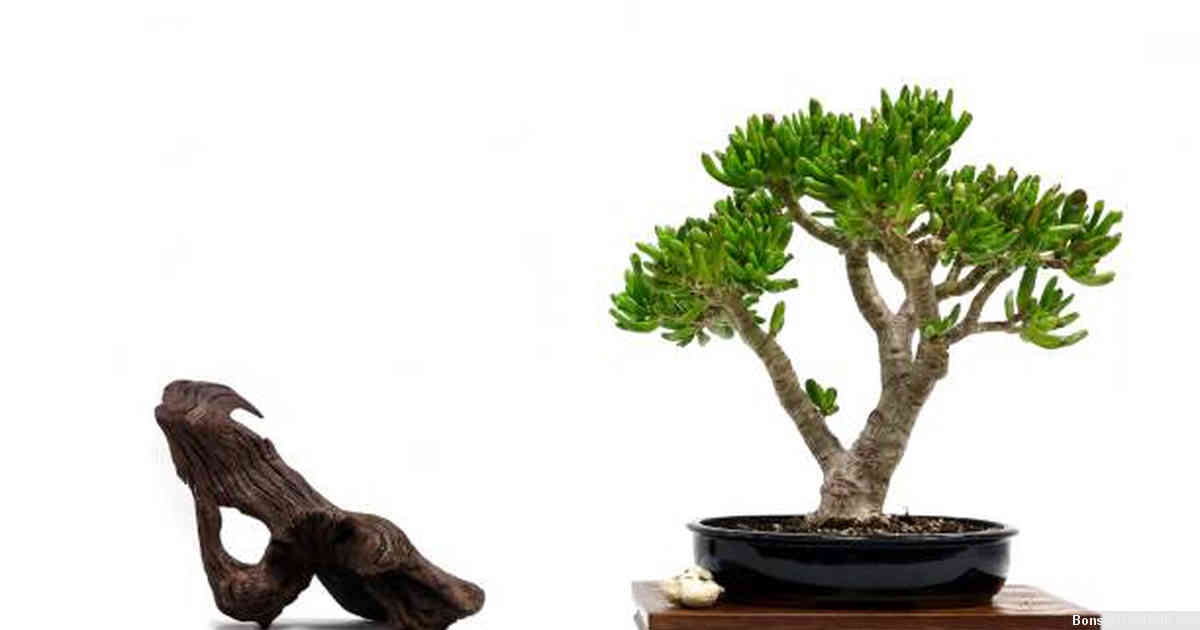
Proper pruning of your maple bonsai is essential to keeping it healthy and vigorous all year round. It helps keep the plant in the desired shape and encourages new growth. Here are some tips to help you properly maintain your maple bonsai.
In spring, wait until buds on branches start to swell before trimming any branch back significantly. This will ensure that your maple bonsai has ample energy for new growth and healing during this time. As summer arrives, pay attention for signs of overgrowth like multiple shoots growing from one spot, stems that are too long or thick for their base size, or excessive leaf production – all of which can be rectified with proper trimming techniques.
When fall hits, perform a final prune session before winter weather comes around. Be sure to remove any damaged branches so that infection does not spread throughout the tree, thin out the canopy by removing unnecessary crossing or overlapping branches as well as leaves if needed – reducing light demands on an otherwise stressed tree; while allowing airflow into dense foliage is also beneficial at this time of year. Finally don’t forget to apply a good layer of fertilizer after pruning sessions have been completed – helping replenish vital nutrients within soil media that are lost during regular maintenance procedures such as trimming etcetera.
Leave a Reply